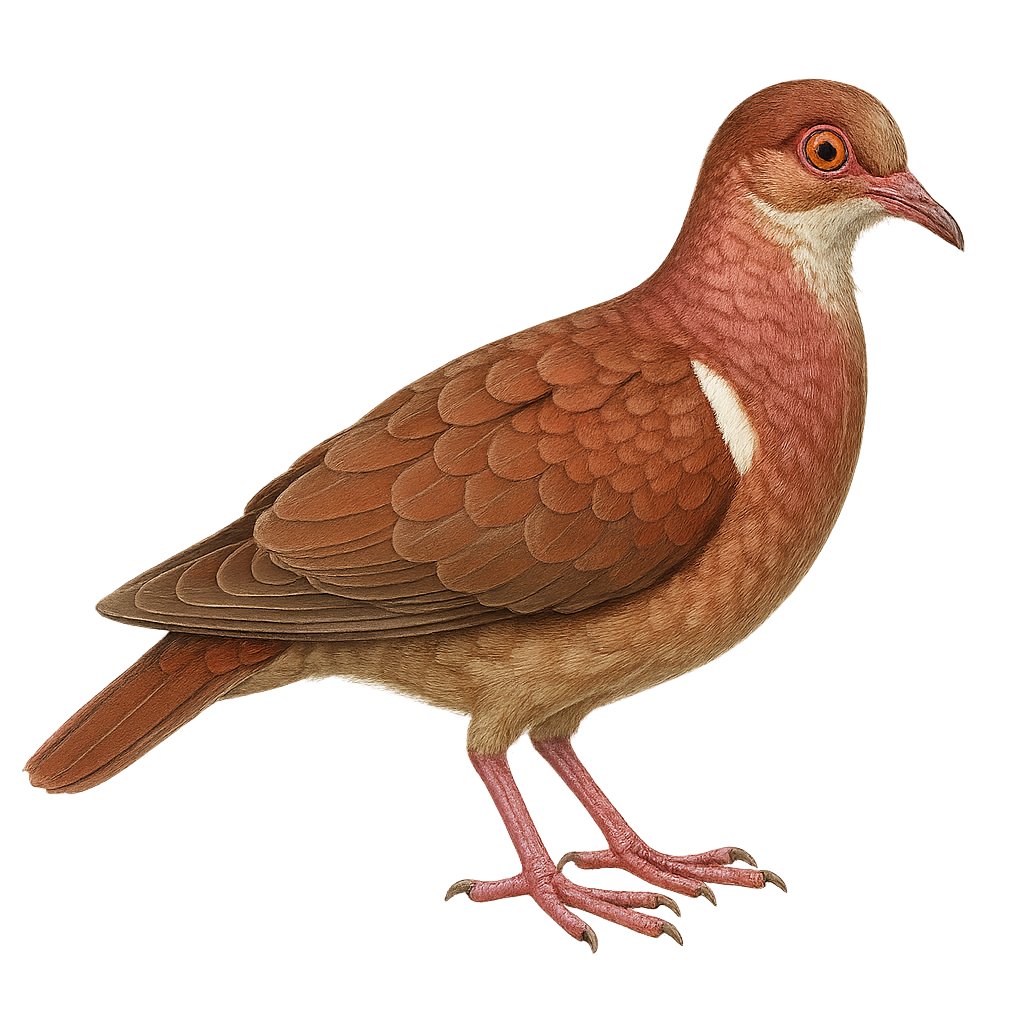Your wildlife photography guide.
Explore the ruddy quail-dove in detail, study its behavior, prepare your shots.
Where to observe and photograph the ruddy quail-dove in the wild
Learn where and when to spot the ruddy quail-dove in the wild, how to identify the species based on distinctive features, and what natural environments it inhabits. The WildlifePhotographer app offers tailored photography tips that reflect the ruddy quail-dove’s behavior, helping you capture better wildlife images. Explore the full species profile for key information including description, habitat, active periods, and approach techniques.
Ruddy Quail-Dove
Scientific name: Geotrygon montana

IUCN Status: Least Concern
Family: COLUMBIDAE
Group: Birds
Sensitivity to human approach: Suspicious
Minimum approach distance: 10 m
Courtship display: March to May
Incubation: 14-16 jours
Hatchings: March to June
Habitat:
Tropical rainforests, dense undergrowth, forest edges
Activity period :
Primarily active during the day, with peak activity in the morning and late afternoon.
Identification and description:
The Ruddy Quail-Dove, or Geotrygon montana, is a discreet, ground-dwelling bird found mainly in the tropical rainforests of Central and South America. It is recognizable by its reddish-brown plumage, distinctive black tail, and iridescent neck sheen. Measuring about 22 to 26 cm in length, it primarily feeds on seeds and fallen fruits. This bird is often solitary or in small groups and prefers walking to flying. Its soft, repetitive call is often heard at dawn and dusk. Although relatively common, its discreet nature makes it difficult to spot in its natural habitat.
Recommended lens:
400mm – adjust based on distance, desired framing (portrait or habitat), and approach conditions.
Photography tips:
To photograph the Ruddy Quail-Dove, it is advisable to use a telephoto lens of at least 400mm to capture detailed images without disturbing the bird. Look for areas where the undergrowth is dense, as these birds prefer shaded and sheltered habitats. Be patient and discreet, as their suspicious nature makes them sensitive to sudden movements. Opt for morning or evening hours when the soft light highlights the iridescent sheen of their plumage.
The WildlifePhotographer App is coming soon!
Be the first to explore the best nature spots, track rutting seasons, log your observations, and observe more wildlife.
Already 1 432 wildlife lovers subscribed worldwide

